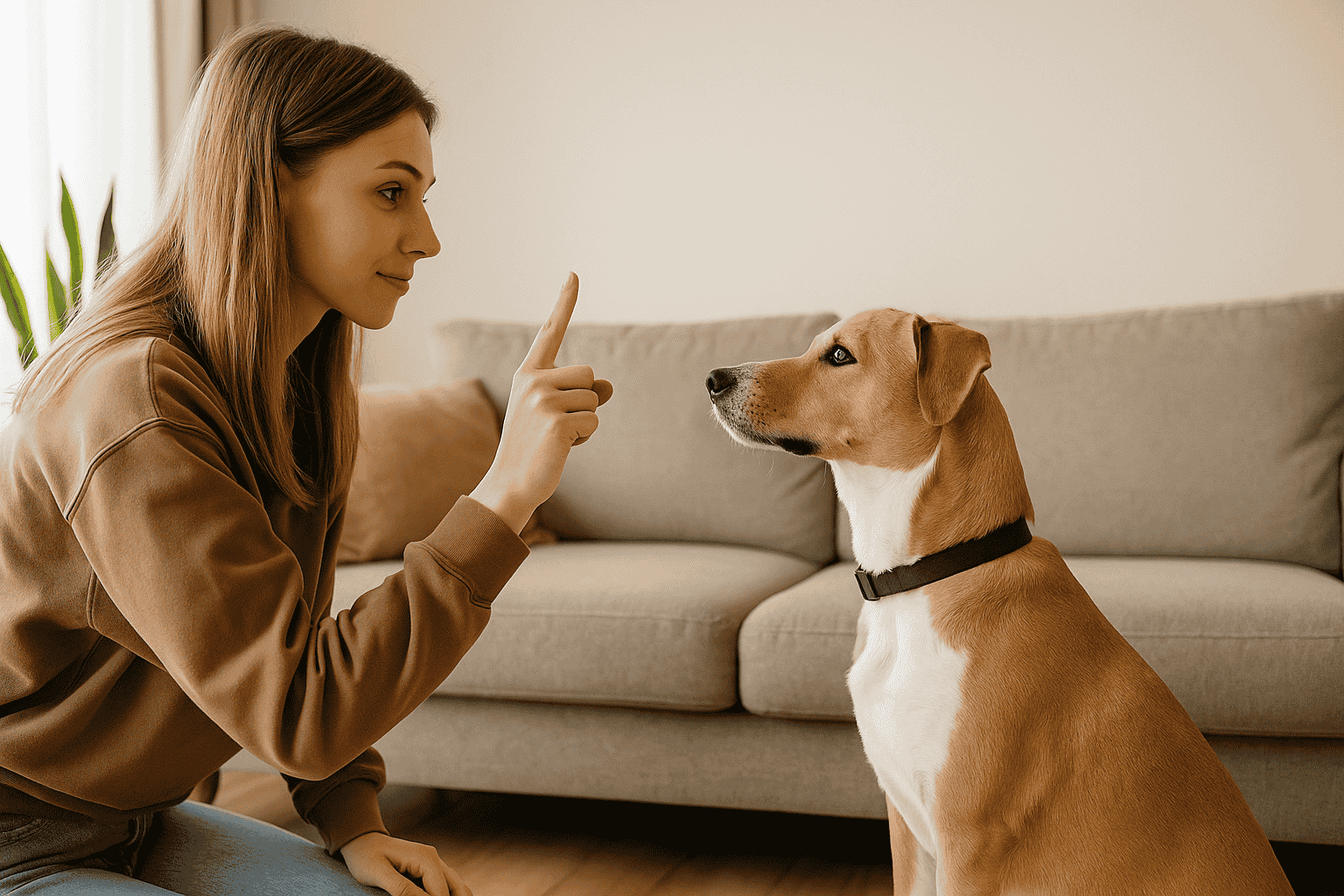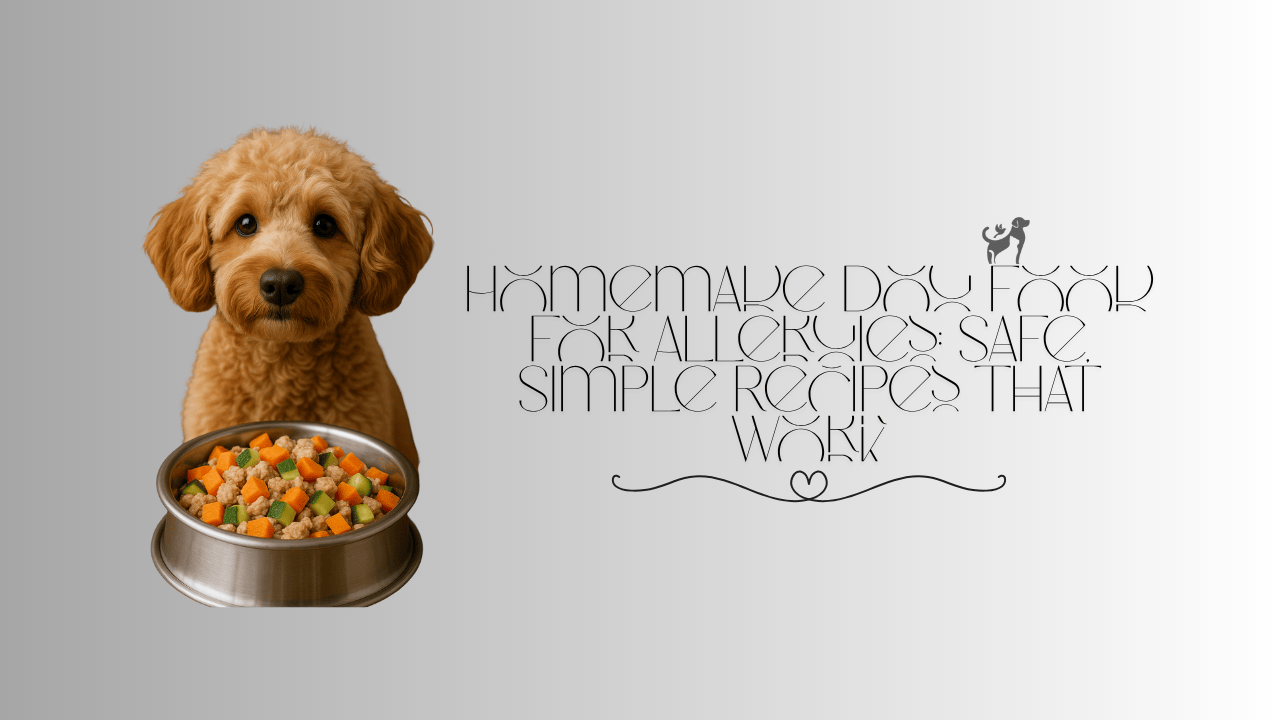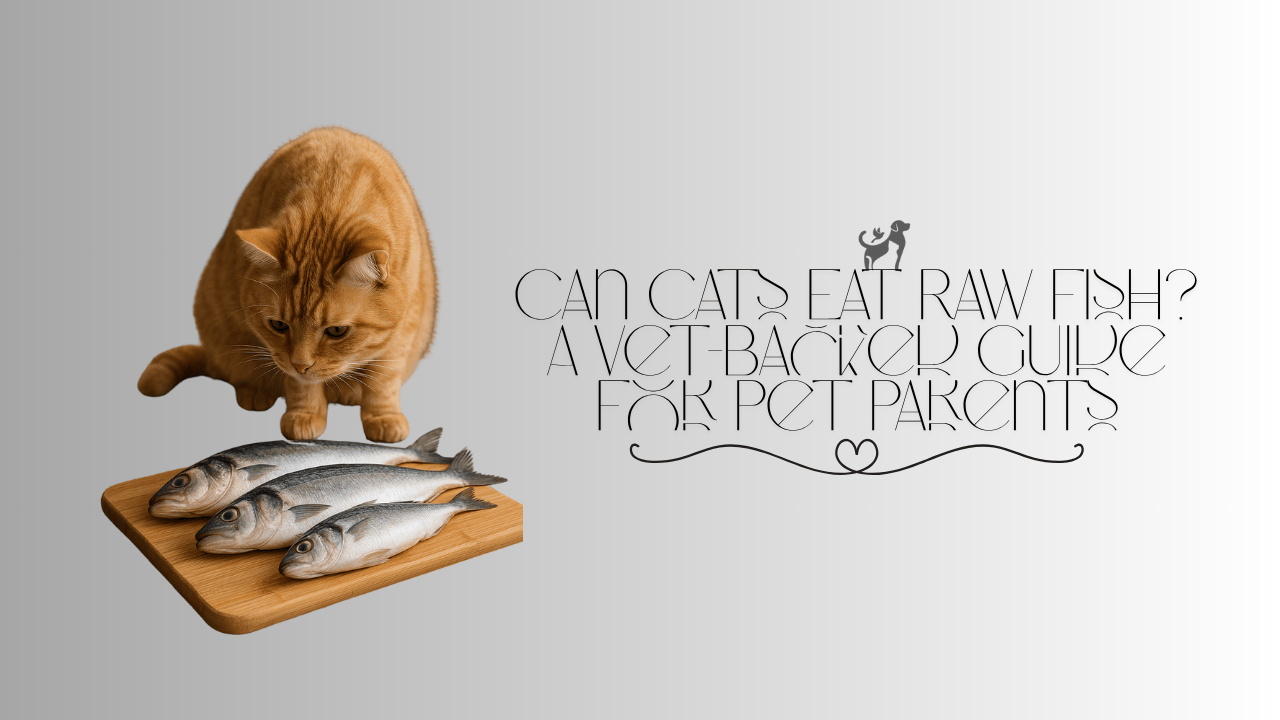Dogs jump to seek attention, express excitement, or greet humans face-to-face. While cute as a puppy, this behavior can grow into an unwanted habit if left unchecked. Fortunately, training a dog to not jump on guests is entirely possible with consistency, patience, and the right techniques.

Why It’s Important to Stop the Behavior
Though the intent may be friendly, jumping can be:
- Stressful for non-dog lovers
- A liability risk in public or rental properties
More importantly, it’s a sign your dog lacks impulse control, which can lead to more problematic behaviors.
Step-by-Step Guide to Training Your Dog Not to Jump
Reinforce Calm Behavior
Reward your dog only when they are calm. This teaches them that calmness gets attention — not jumping.
- Wait for all four paws on the floor before offering a treat or praise
- Use a calm tone of voice — excitement fuels jumping
Use a Controlled Greeting Routine
Try this:
- When guests arrive, keep your dog behind a baby gate or in a separate room.
- Ask your dog to sit.
- Once calm, let the guest approach. If your dog stays seated, reward with praise.
Repeat this every time. Dogs learn fast with consistency.
Ignore the Jumping
Avoid:
- Pushing your dog off
- Yelling “no!”
- Eye contact during the jump
These can unintentionally reinforce the behavior. Instead:
- Turn away
- Fold your arms
- Wait for calm, then reward
Use a Leash During Greetings
If your dog gets too excited, keep a leash on during guest arrivals. This gives you control to guide them into a sit or redirect them gently.
Redirect With Commands
Teach basic commands like “sit,” “down,” and “stay.” These create structure and give your dog something else to focus on.
Practice these commands daily, especially when guests are expected.
Training Tips Based on Age and Breed
- Puppies: Easier to train but more excitable. Start early.
- Adult Dogs: May take longer, especially if jumping is a long-time habit.
- Small Breeds: Owners often allow jumping since it’s less impactful — but consistency matters.
- Large Breeds: Should be trained early to avoid accidents.
Tools and Techniques That Help
- Clicker Training: Marks the moment your dog does the right thing.
- Treat Pouch: Keep treats ready for rewarding calm greetings.
- Place Mat: Teach your dog to go to a mat when the doorbell rings.
You can even pair training with gentle natural remedies like calming chews if your dog is overly excitable. Be sure to consult your vet first.
What to Avoid: Common Mistakes
- Inconsistency: Letting them jump sometimes and not others causes confusion.
- Reinforcing Excitement: Greeting your dog with high energy makes them jumpier.
- Ignoring Breed Tendencies: Some breeds are naturally more enthusiastic — tailor your approach.
Real Owner Experiences
“When my dog Max was younger, he’d leap on everyone. I started practicing calm greetings by asking him to ‘sit’ at the door. I rewarded only when he stayed down. It took a few weeks, but now guests can walk in without being body-slammed!” — Sarah, dog owner in Denver
FAQ: Dog Jumping and Home Training
How long does it take to train a dog not to jump?
With consistency, many dogs learn in 2–4 weeks. Some may need more time depending on age and behavior history.
Should I punish my dog for jumping?
No. Punishment can lead to fear or confusion. Focus on ignoring the behavior and reinforcing calm alternatives.
Is jumping a sign of aggression?
Usually not. It’s more likely excitement or a learned behavior, but if accompanied by growling or other signs, consult a trainer.
Can I train my dog myself or should I hire a trainer?
Many pet owners successfully train at home with consistency. If the behavior is persistent or aggressive, a certified trainer may help.
Are there certain breeds more prone to jumping?
Yes. Energetic breeds like Labradors, Boxers, and Shepherds tend to jump more. They need firm structure and outlet for their energy.
Final Thoughts
Training a dog to not jump on guests takes time, repetition, and patience — but it’s absolutely doable. The key is consistency and rewarding calm behavior. Not only will your guests thank you, but your dog will be happier too, knowing what’s expected.
Looking for more training advice and behavior solutions? Visit fluffze.com for practical tips on raising a happy, well-mannered pup.
Written By
Written by Jackson, pet lover & contributor at Fluffze
Related Articles:
Behavioral Training vs Obedience Training
How to Train a Dog to Use a Litter Box: Simple Steps That Work
Dog Training at Home vs Professional: What’s Best?





